Valuable architectural heritage fund
Possessing an architectural heritage fund with both historical and spiritual values, Hanoi is always an unmissable destination for domestic and foreign tourists. Indeed, on every street, every corner of Hanoi preserves symbolic architectural works, where the ancient features blend with the breath of modernity, creating a very unique beauty of the land of a thousand years of civilization.
Speaking of architectural symbols, it is impossible not to mention the Turtle Tower of Hoan Kiem Lake - considered the "heart" of the capital. Although it is just a small tower located on an island in the middle of Hoan Kiem Lake, the Turtle Tower carries within it profound historical value, an everlasting vestige that no other place can replace. People often compare Hoan Kiem Lake to a fresh flower basket in the heart of Hanoi and in that flower basket, the Turtle Tower is the most brilliant flower, leaving a deep impression on visitors.
Turtle Tower possesses a brilliant, unique beauty thanks to the intersection of two architectural styles. The two lower floors bear the mark of French Gothic architecture with typical rolling doors, while the roof retains the Vietnamese architectural features with soft, harmonious curves. In addition to its impressive architecture, Turtle Tower is also enhanced by its ancient and sacred beauty when located in a harmonious space with other outstanding architectural works such as Ngoc Son Temple, The Huc Bridge, Dai Nghien, Thap But, etc. All together create a heritage complex with a strong cultural and historical mark.
It can be said that Turtle Tower is not simply an architectural work, but also a spiritual symbol of the people of Hanoi in particular and Vietnam in general. Especially, for those who come to the capital for the first time, if they have the opportunity to visit Hoan Kiem Lake, they will be amazed by the beauty of Turtle Tower. Depending on the angle and time of day, Turtle Tower brings different feelings. Sometimes it stands tall and proud in the middle of the lake, sometimes it is strangely peaceful and quiet.
Besides the Turtle Tower, the Hanoi Flag Tower (also known as Ky Dai) is also a typical cultural and architectural work, bearing a timeless historical mark. Built around the beginning of the 19th century under the reign of King Gia Long, after more than 200 years, to date, the Hanoi Flag Tower on Dien Bien Phu Street is a testament to the heroic imprints of Thang Long - Hanoi, a sacred symbol, representing the will of independence and autonomy of the Vietnamese people.
 |
Hanoi Flag Tower - an architectural work over 200 years old. (Photo: ST) |
The Hanoi Flag Tower has a solid tower structure with three main parts: the base, the column body and the watchtower. The base has 3 floors, gradually increasing in height from the bottom up and also decreasing in size from the bottom up. The column body has decorative patterns and ventilation holes, providing light for the column body. The watchtower has 8 windows overlooking the 4 directions of Hanoi city. With its special structure and strategic location, during the resistance war against France and the US, the Hanoi Flag Tower was used as an observation post, playing an important role in monitoring developments inside and outside the city. This is the reason why the Hanoi Flag Tower is one of the few architectural works that remained intact, fortunately not destroyed by the French colonial government and war bombs.
Another destination not to be missed for tourists who want to explore the architectural culture of the capital is the Hanoi Opera House. Located in August Revolution Square, facing Trang Tien Street - the busiest area of the city, the Hanoi Opera House has a total area of about 2,600 square meters. Construction began in 1901 and was completed in 1911. Designed by French architects, the Hanoi Opera House was inspired by the Paris Opera House but on a smaller scale.
Overall, the layout of the Hanoi Opera House is imbued with the European style of the early 20th century. The characteristic highlights are the horseshoe-shaped hall, the wide entrance hall, the majestic main staircase and the tightly organized space system serving the stage. All create a luxurious and harmonious architectural work, both bearing the breath of the West and blending with the cultural space of Hanoi.
Over a century, the Opera House has been the pride of Hanoians and a popular destination for domestic and international tourists. It is also one of the most important performing venues in Hanoi, considered by artists as a sanctuary for classical art. For artists, performing at the Opera House is a special moment in their theatrical career.
 |
The architecture of Hanoi Opera House has a strong European style of the early 20th century. (Photo: ST) |
In addition to the above-mentioned typical architectural works, Hanoi also owns many works bearing the mark of history, such as One Pillar Pagoda, Ho Chi Minh Mausoleum, Thang Long Imperial Citadel, Long Bien Bridge, etc. These are all ancient architectural works, closely associated with the historical flow of the capital. Although time has changed, these architectural symbols still stand tall in the heart of Hanoi, silently witnessing many ups and downs as a living proof of the eternal beauty of the land of thousands of years of civilization.
Attracting tourists with its own unique features
Recently, the Vietnam National Administration of Tourism announced the results of assessing the level of trust of international tourists when coming to Vietnam. Accordingly, Hanoi was honored to rank second among the 10 localities attracting the most international visitors in the country. Not only being in the top destinations, Hanoi tourism also received good news when being honored in three important categories in the Traveler's Choice Awards Best of the Best Destinations 2025. Specifically, the capital Hanoi ranked 2nd in the Top 25 World's Leading Cultural Destinations, ranked 7th in the Top 25 World's Leading Destinations and especially appeared at 14th place in the Top 25 Most Favorite Destinations of All Time, on the occasion of Tripadvisor's 25th anniversary.
Surpassing many excellent nominations, Hanoi continues to affirm its position on the domestic and international tourism map. The leading positions and prestigious awards not only mark the continuous development of the capital's tourism industry but also reflect the irresistible attraction of the land of a thousand years of civilization. Decoding that special mark is perhaps because of the inherent uniqueness of Hanoi.
Unlike other modern cities in the world, the beauty of Hanoi in the 21st century is a blend of modernity and antiquity. Over the years since Hanoi has been striving to innovate, the appearance of the capital has changed significantly. Walking around the city, it is easy to feel the breath of modernity spreading strongly with tall buildings, wide avenues and new bridges leading to the suburbs, opening up a dynamic and developing Hanoi. However, amidst that bustling pace of life, Hanoi still retains its historical imprint through iconic architectural works dating back hundreds, even thousands of years.
 |
Turtle Tower - an attractive destination for domestic and foreign tourists. (Photo: PV) |
The clearest evidence is that Hanoi is known as an ancient city with a rich urban heritage system spread throughout. In particular, in the heart of the capital, there are still architectural works bearing the mark of time such as ancient villas, ancient houses, French quarters, etc. Many typical works are still preserved intact, becoming a source of pride and a special highlight in the architectural picture of Hanoi.
Perhaps it is the blend of old and new, of tradition and modernity that has created a very unique Hanoi, both majestic and quiet, yet youthful and vibrant. This is also the unique feature that attracts tourists, making them want to visit, explore and fully experience the beauty of this place. In the future, if we know how to take advantage of and exploit it properly, the architectural symbols of Hanoi can completely become creative highlights, contributing to enhancing the attractiveness of tourism and promoting the economic development of the capital.
Source: https://baophapluat.vn/giai-ma-suc-hut-cua-nhung-bieu-tuong-kien-truc-ha-noi-post543817.html



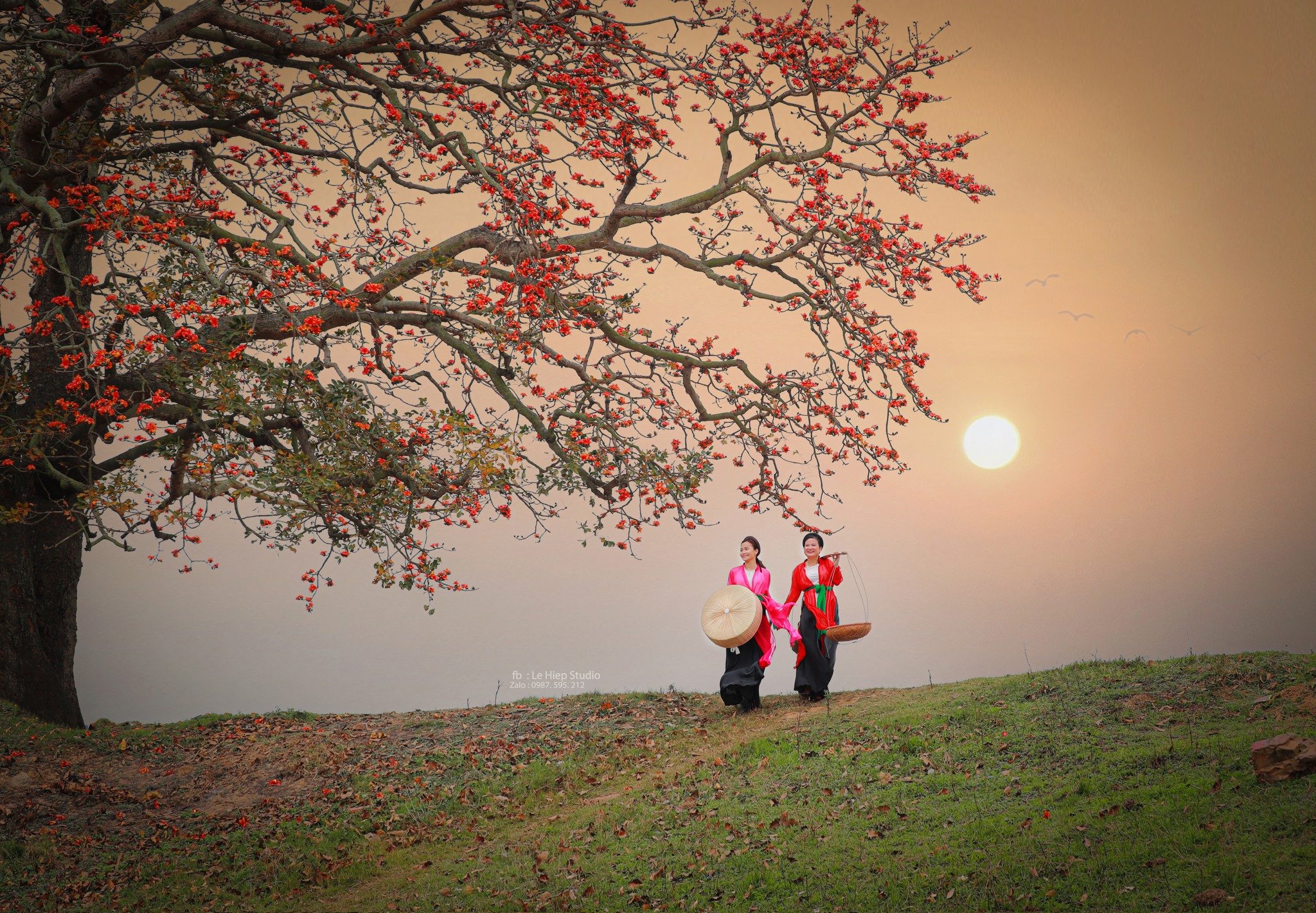


![[Photo] Prime Minister Pham Minh Chinh chairs the Government's special meeting on law-making in April](https://vstatic.vietnam.vn/vietnam/resource/IMAGE/2025/4/13/8b2071d47adc4c22ac3a9534d12ddc17)

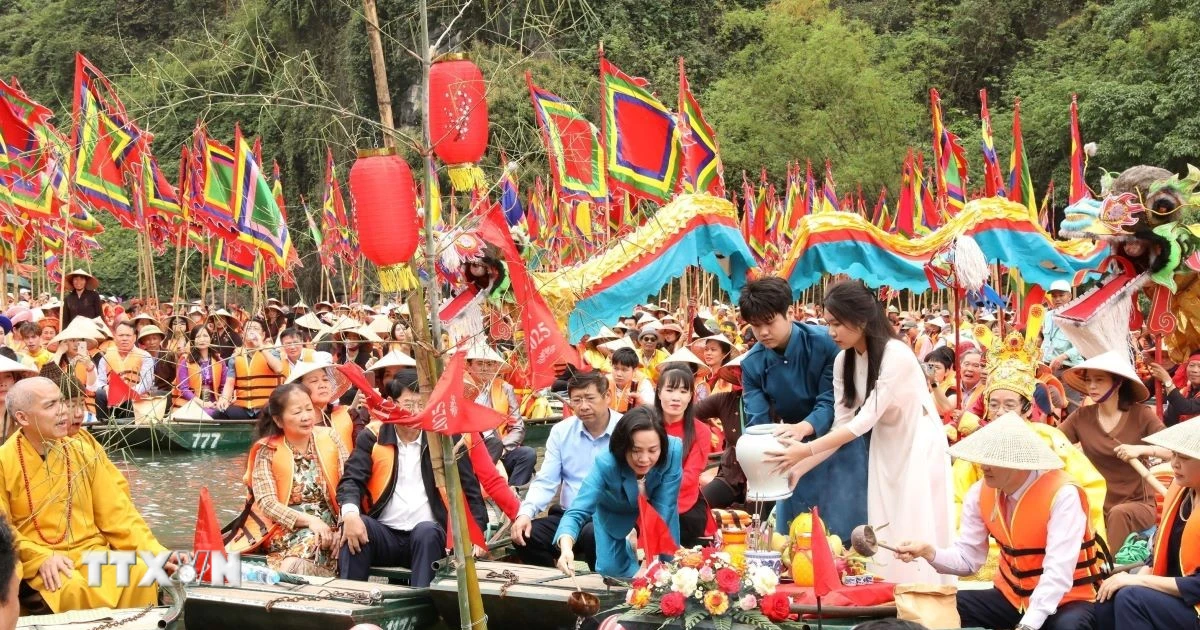


![[Video] Using beauty to eliminate ugliness - An effective remedy against "dirty livestreams"](https://vstatic.vietnam.vn/vietnam/resource/IMAGE/2025/4/13/931f77476e68477eac7b0b6c704b51ae)
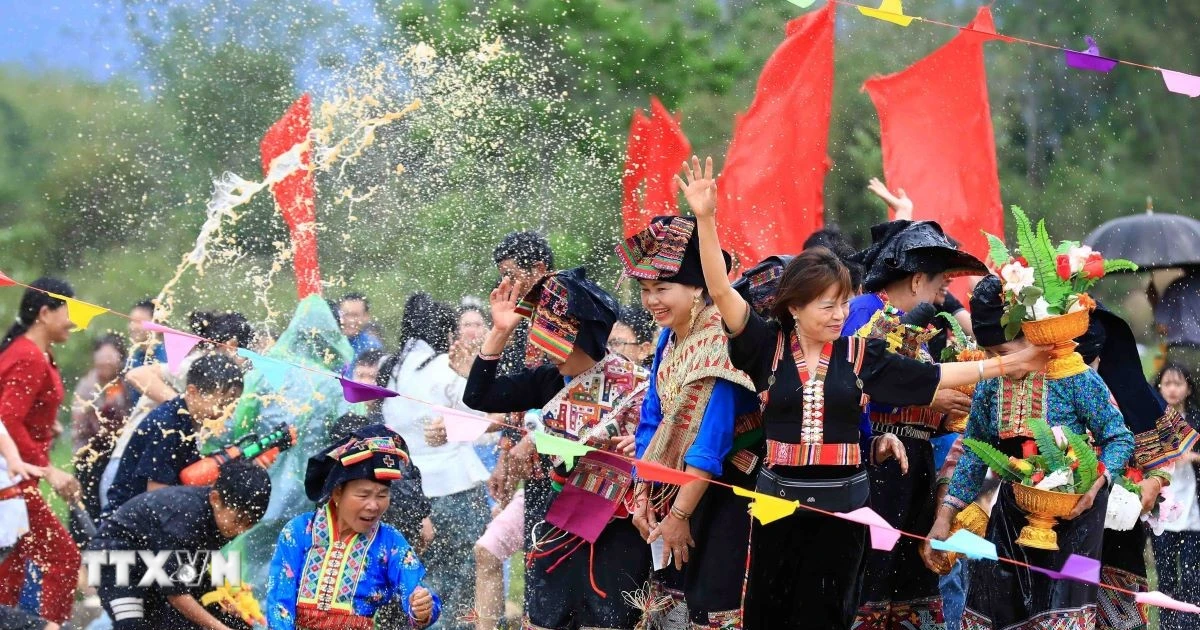
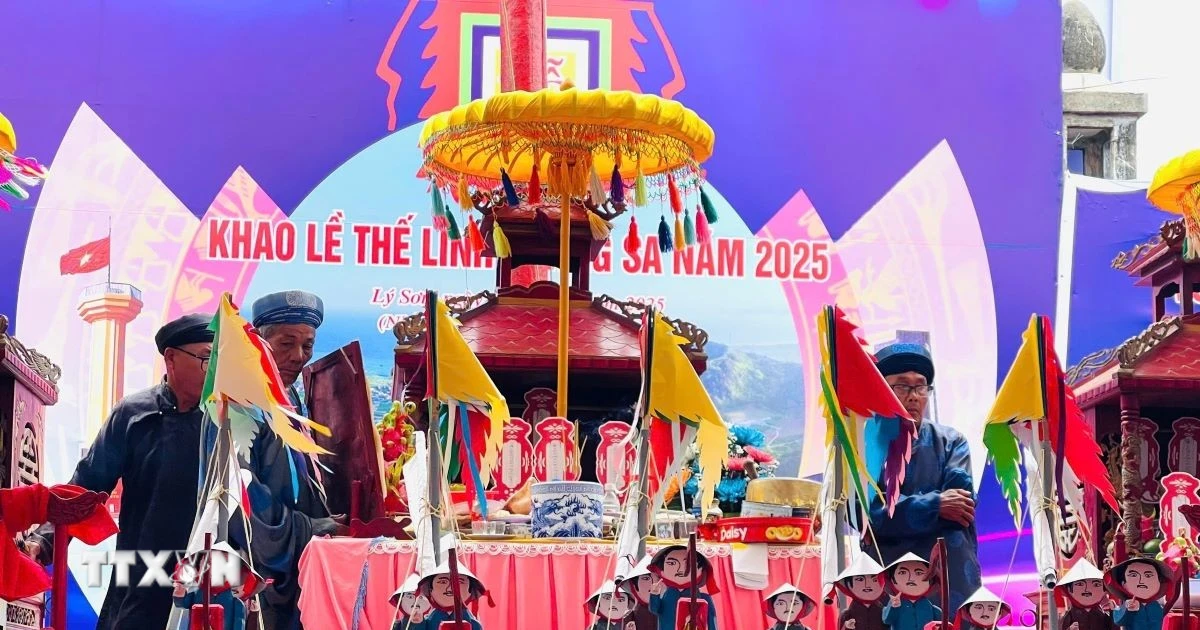




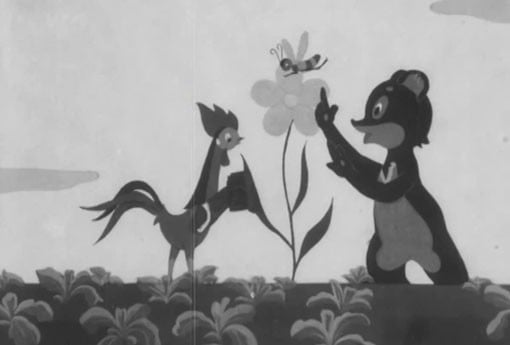
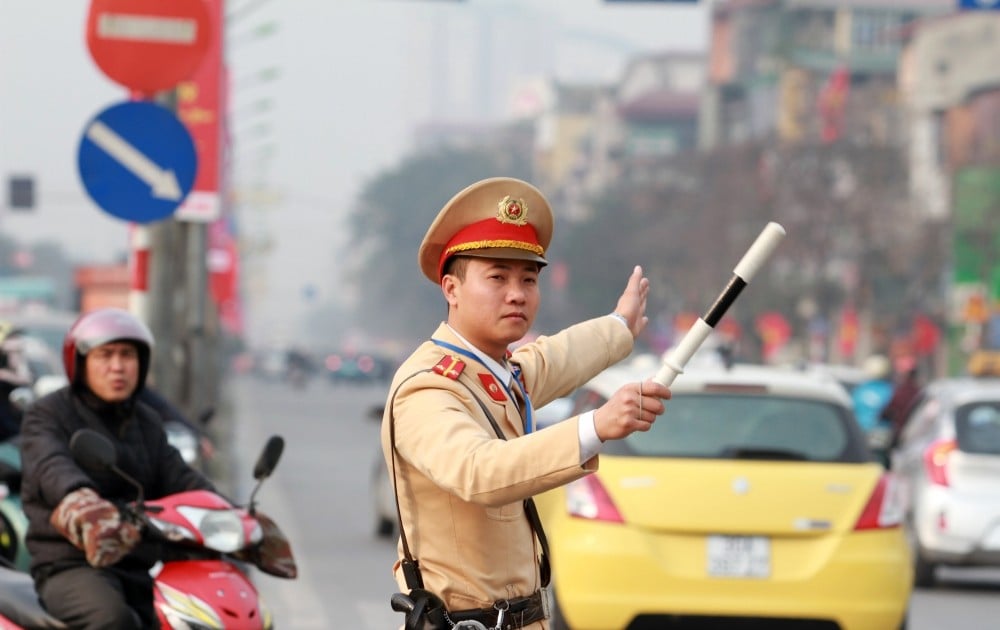
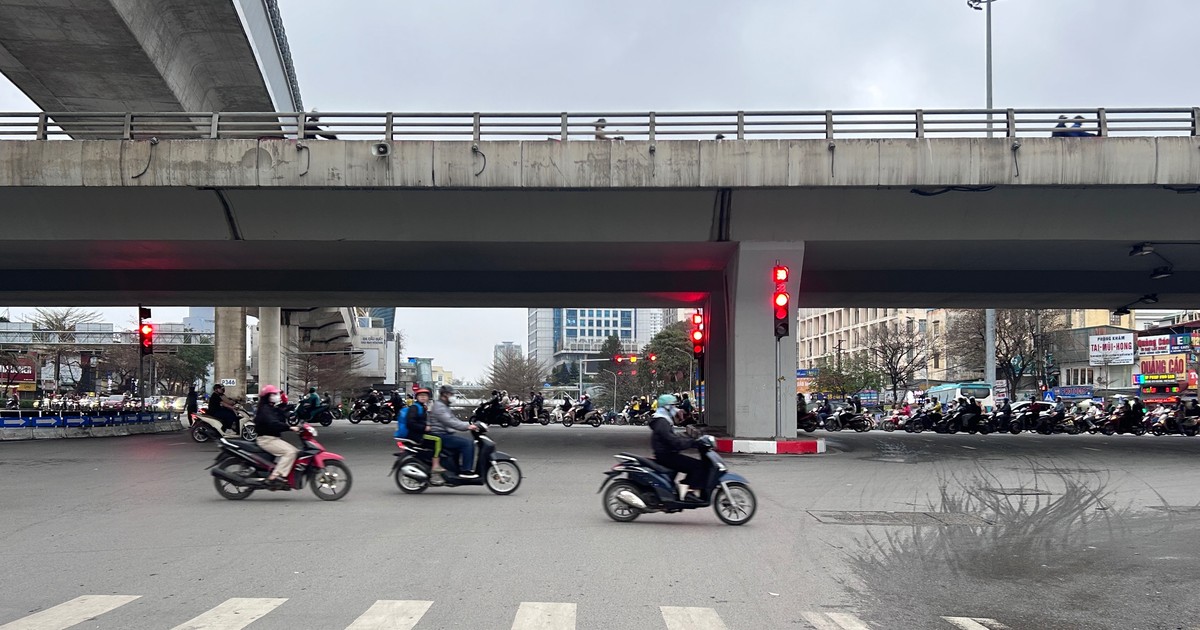
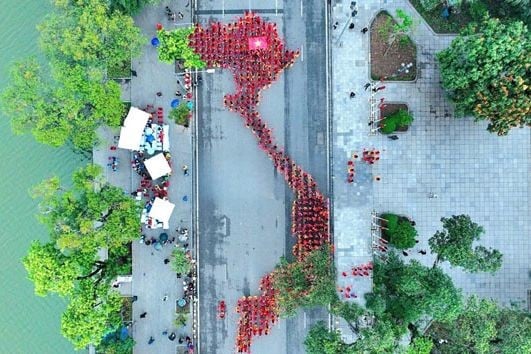

![[Photo] Closing of the 11th Conference of the 13th Central Committee of the Communist Party of Vietnam](https://vstatic.vietnam.vn/vietnam/resource/IMAGE/2025/4/12/114b57fe6e9b4814a5ddfacf6dfe5b7f)
































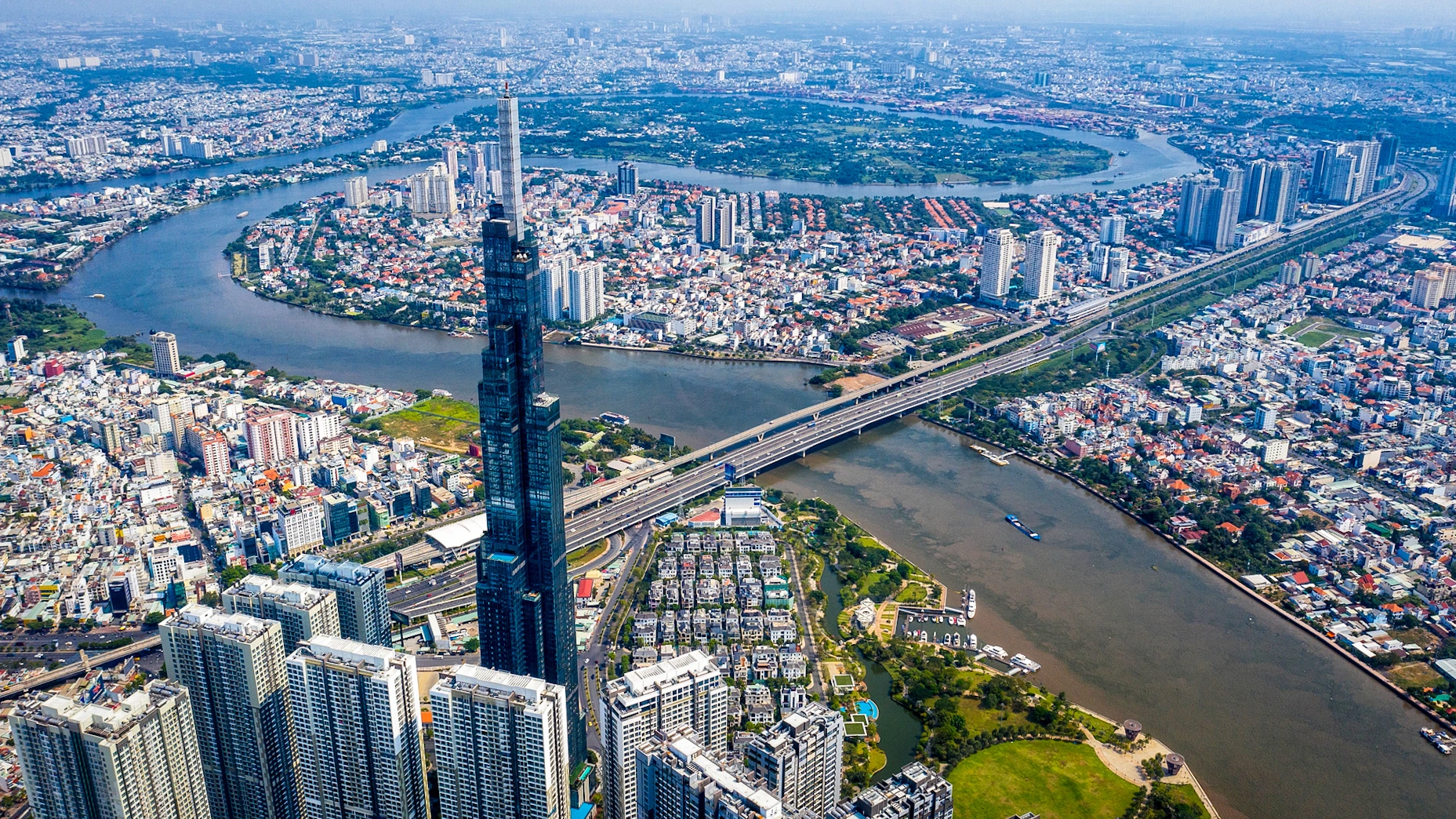



















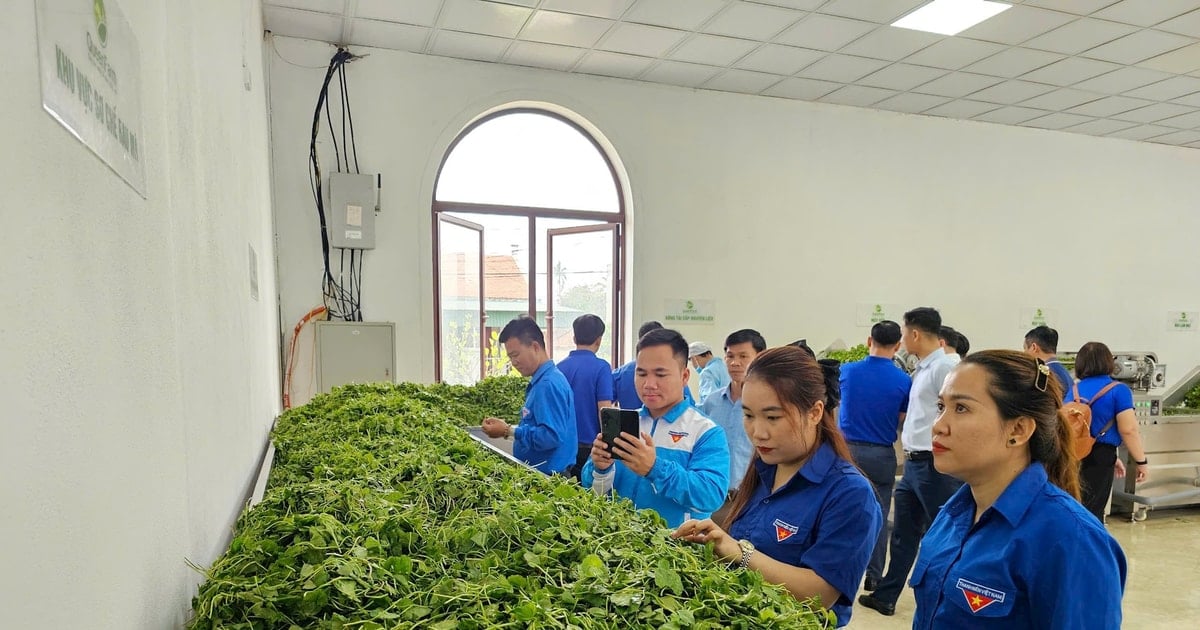














Comment (0)